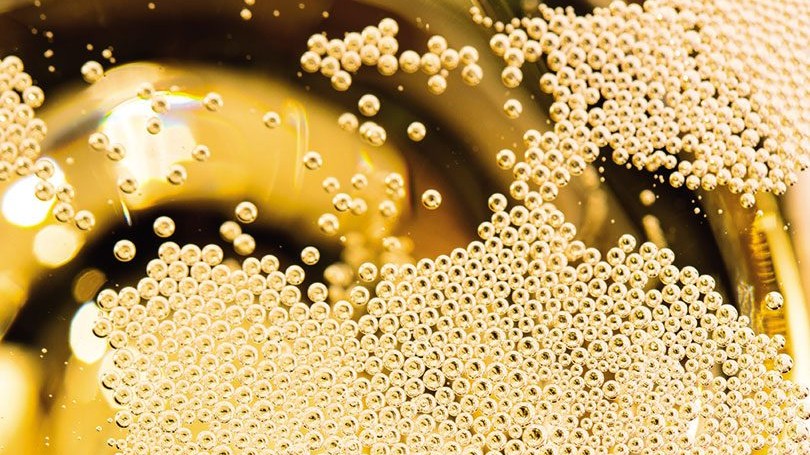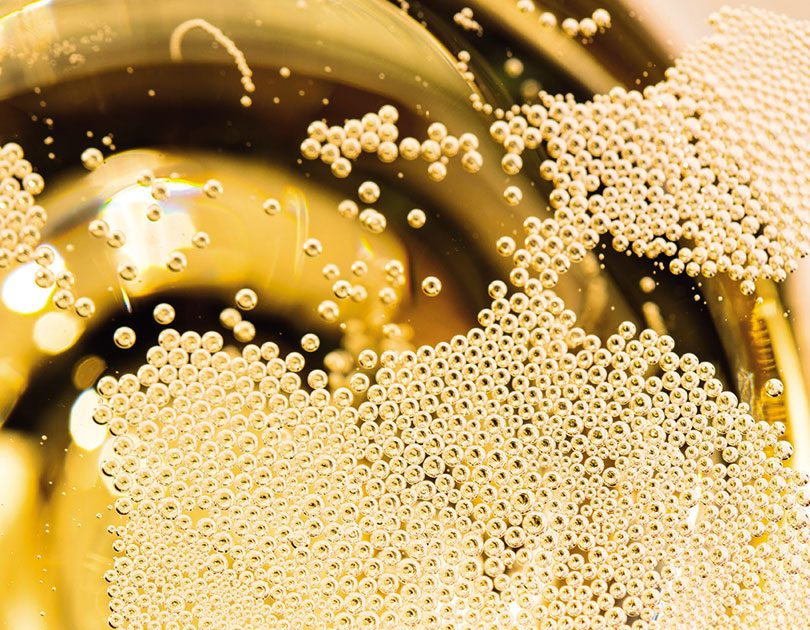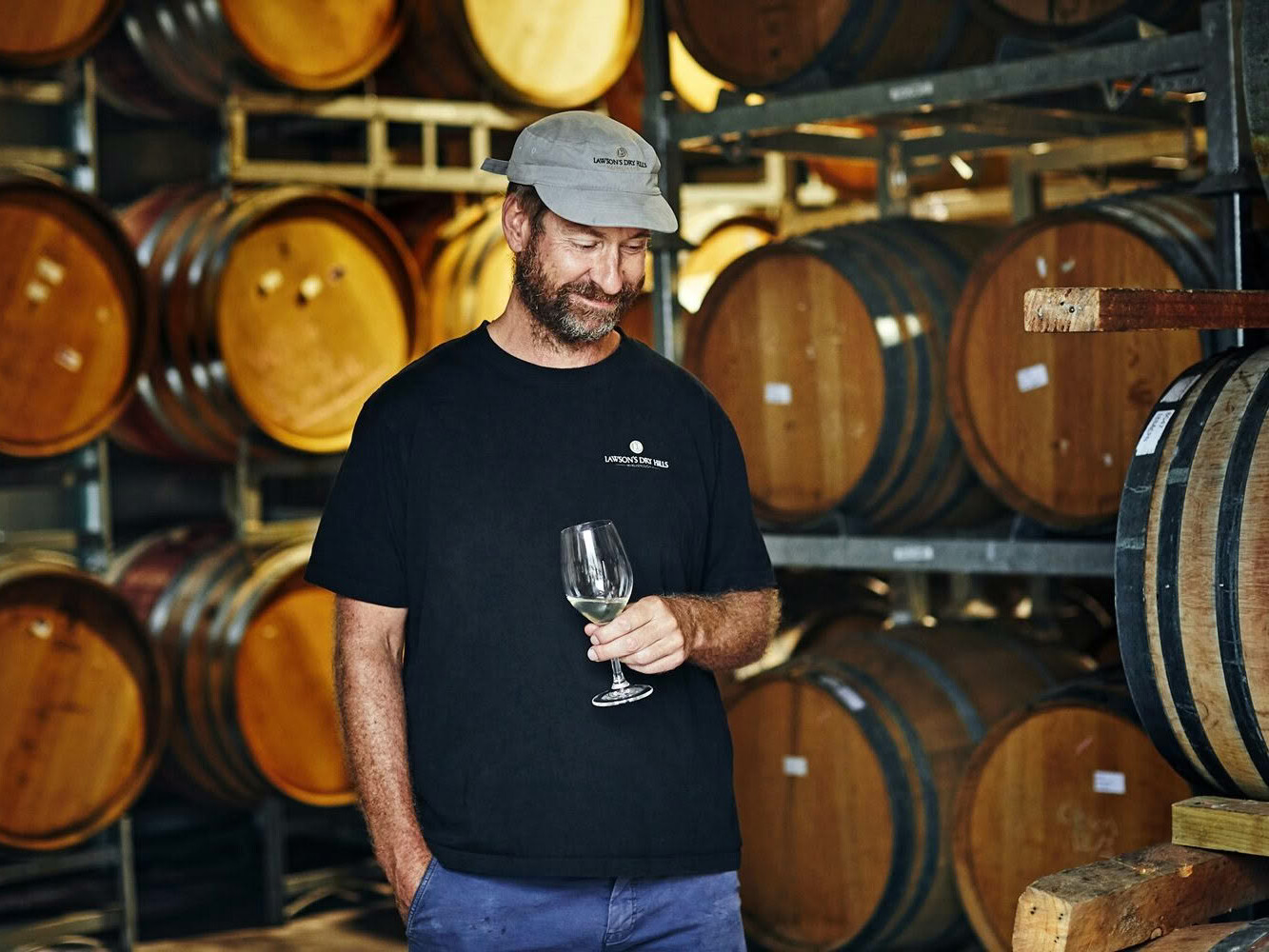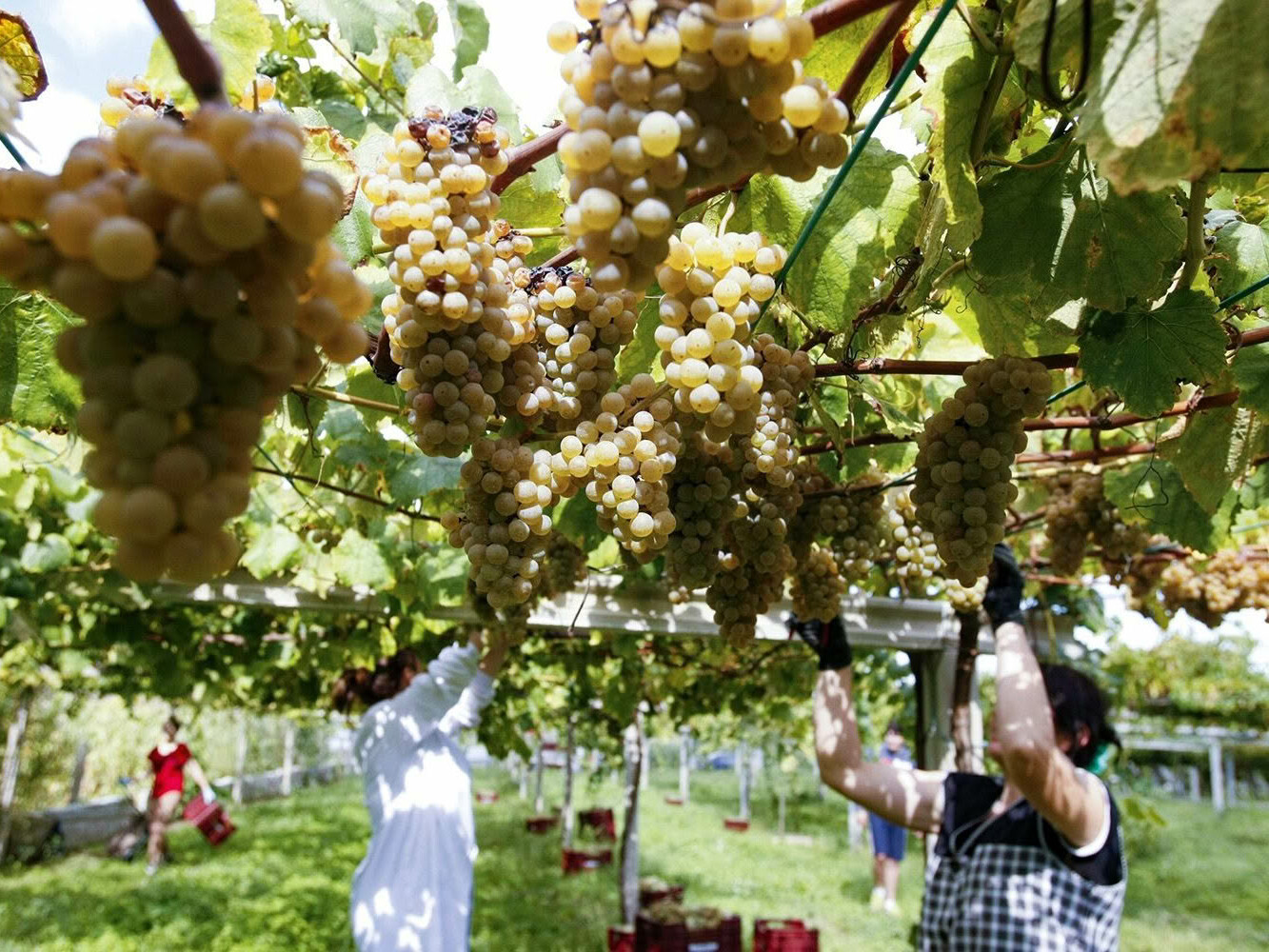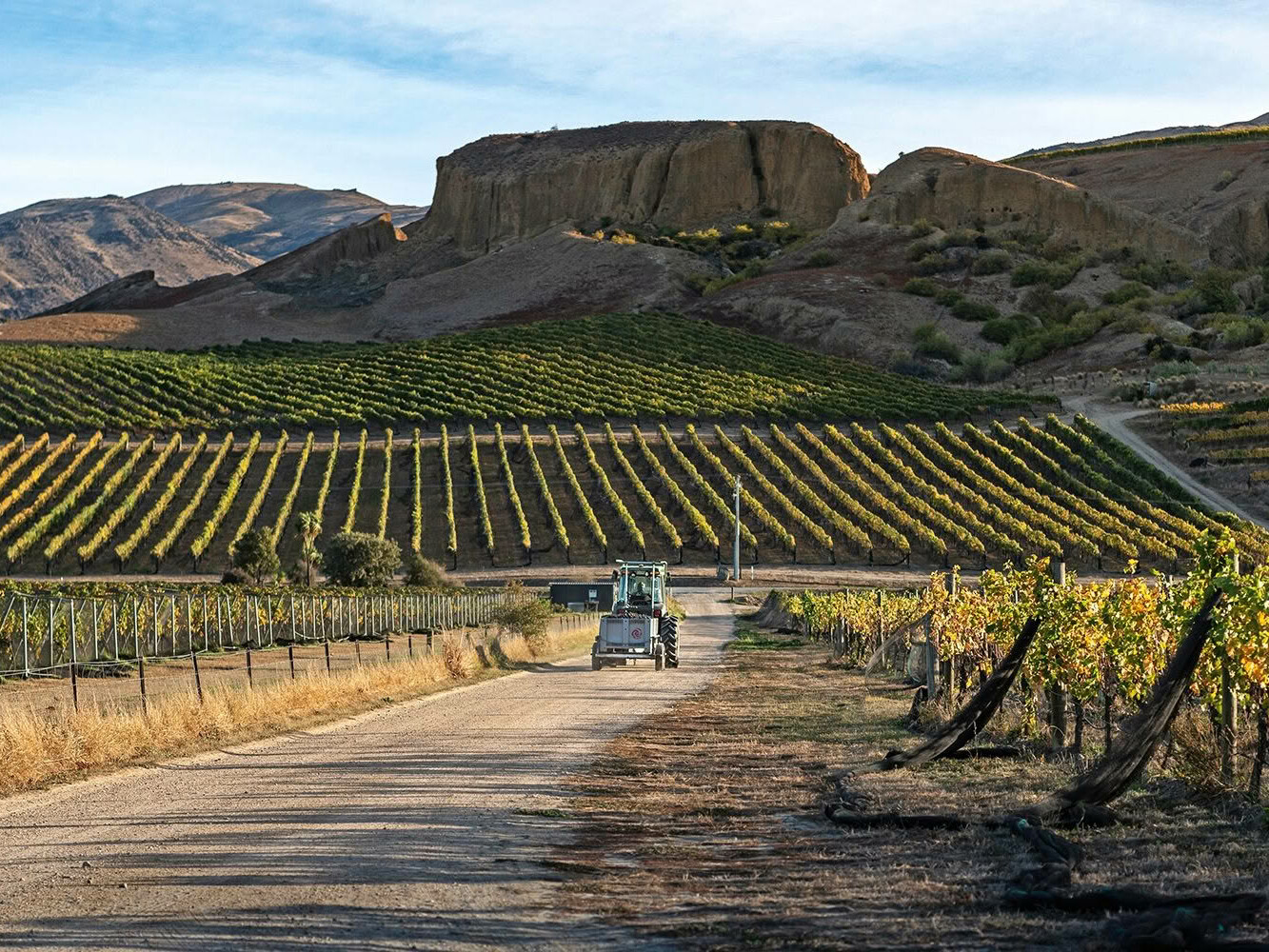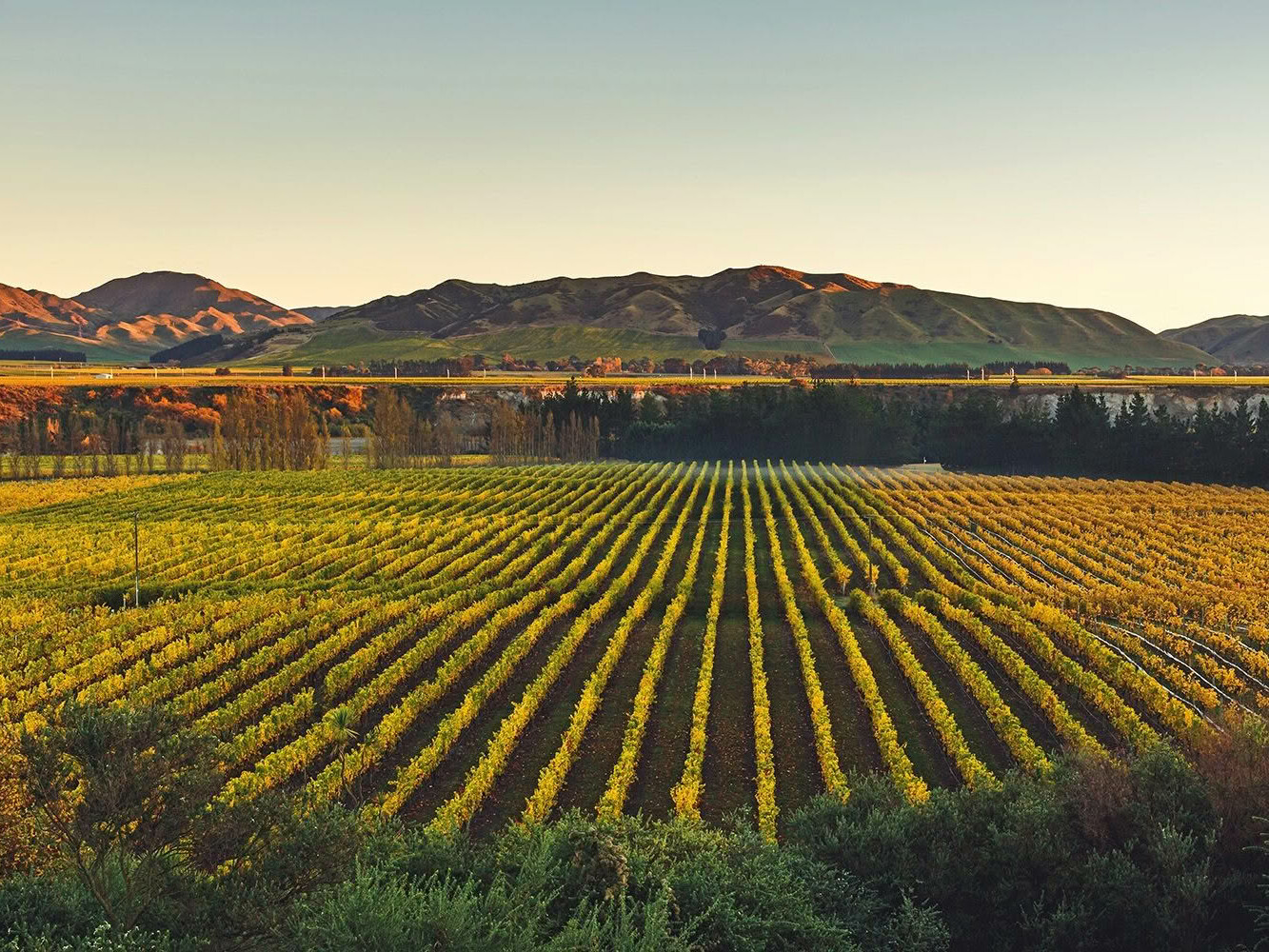While intending to make still wine, 17th-century monks with basic winemaking skills lacked understanding of the science behind secondary fermentation. This is the fermentation that happens in bottle and creates the bubbles that make a still wine sparkle. It led to hazardous cellaring situations with spontaneously exploding bottles as the glass used was unable to contain the internal pressure. Careening glass set off a chain reaction of explosions resulting in as much as 90% destruction of the cellar contents. The phenomena was little understood and led to early Champagne being dubbed ‘le vin du Diable’ (the Devil’s wine) by superstitious monks.
These days the understanding and control of secondary fermentation combined with heavier bottles makes flying glass less of a hazard, so you can pop a bottle this festive season without fear. Even with the potential risk it’s worth it, as when it comes to our fantastic champagne selection, it’s better the devil you know.

